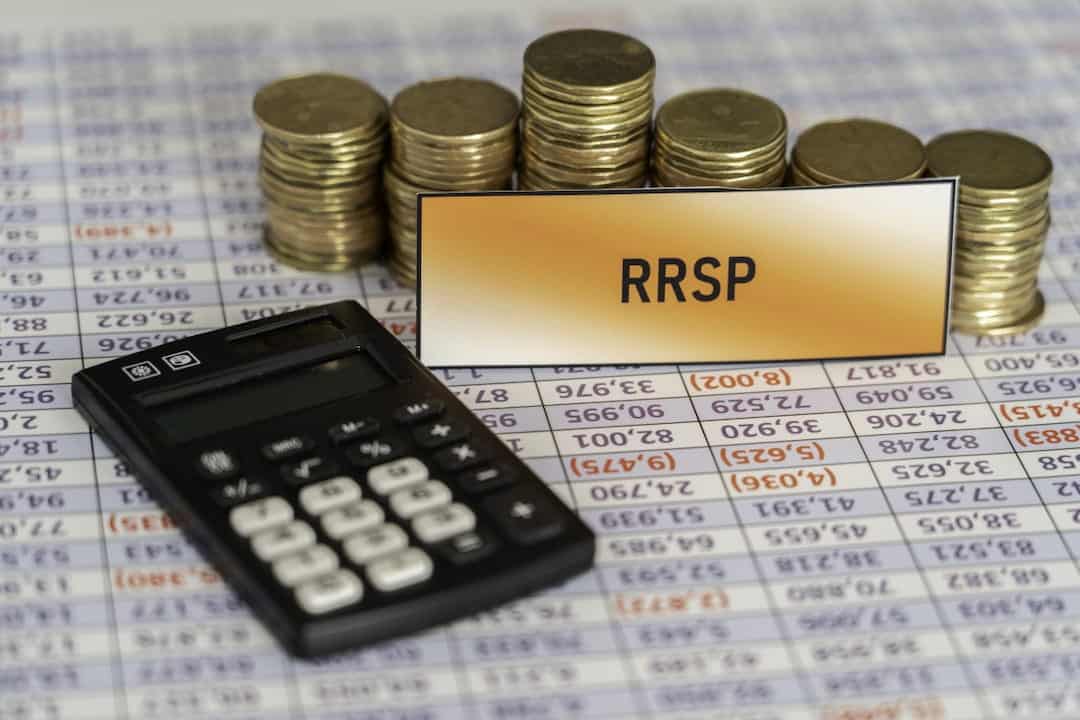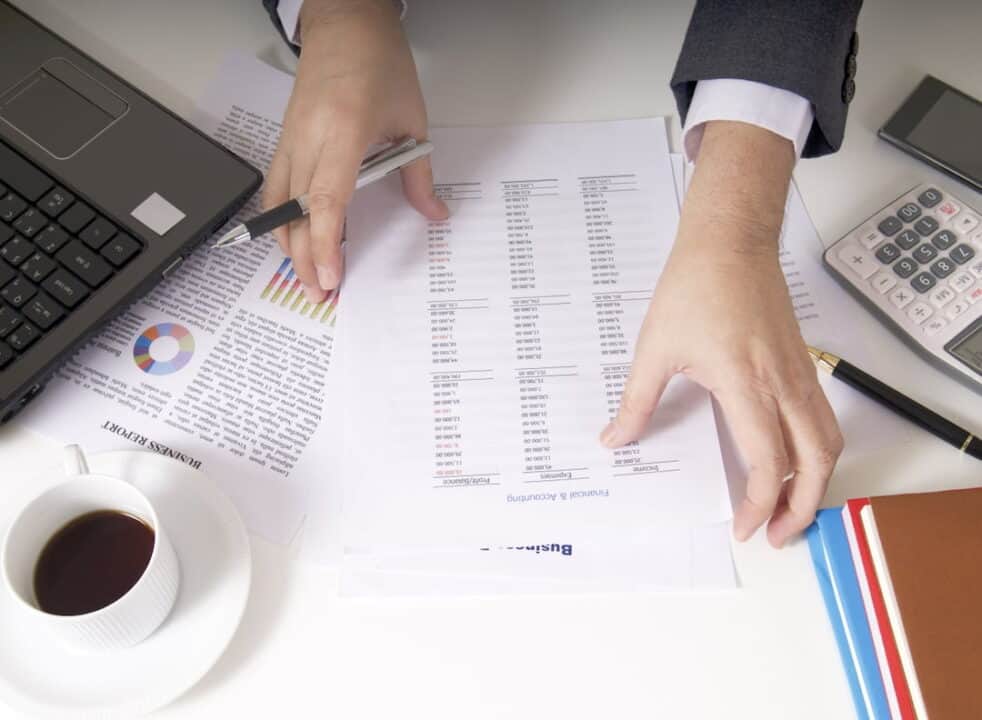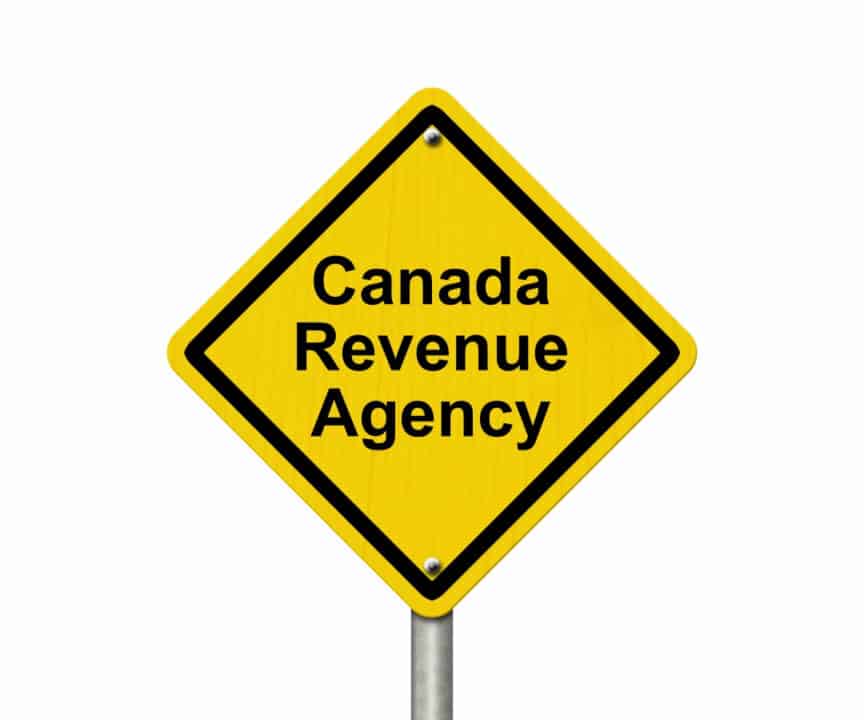RRSPs are a type of retirement savings account that is eligible for taxation when you withdraw the funds. Many people find the process confusing, as there are many rules and regulations. As an individual, RRSP withdrawals are simple, but there are other exceptions. There are also ways to withdraw for a lower tax rate (see also ‘Best Way to Withdraw Money From RRSP‘).
If you want to make the most of your investment, it is important to understand the RRSP withdrawal rules (learn more about Withholding RRSP Tax). Since you save for retirement for most of your life, you want to ensure your retirement income is sufficient to ensure a stable financial future.
Withdrawing From Your own RRSPs

RRSPs are a type of retirement savings plan, which means the plan lets you withdraw the funds when you have retired – it shouldn’t be confused with Canada Pension Plan (see ‘CPP Changes‘). However, there are ways to withdraw money from your RRSP before maturity. It is not suggested, but there are ways to go about it. When you retire, you can easily withdraw the funds. The contributions are tax-deferred but count as taxable income when withdrawn (see also ‘RRSP Deadline‘).
When withdrawing money from an RRSP, the most important rule is that you must report the money as income. The income is then subjected to income tax at the marginal tax rate and provincial tax rates. Even though it is possible to withdraw money from a traditional RRSP at any time, there are disadvantages to doing this. Some reasons why it is not suggested include:
Higher Tax Bill
Once you withdraw money from your RRSP, it counts as taxable income as well as tax retention. Depending on the amount you withdraw from your RRSP, there is a different withholding tax rate. A lower withdrawal is subject to a lower withholding tax rate. For example, a withdrawal of $5,000 is subject to a withholding tax rate of 10%. Whereas, a withdrawal of over $15,000 has a withholding tax rate of over 30%.

Along with the withholding tax that comes with early RRSP withdrawals, RRSPs also require income taxes. There may be additional taxes you need to pay at the end of the year if your marginal tax rate is higher than the withholding tax. Whereas, if you withdraw after retirement, you are likely to be in a lower income tax bracket.
Lose Tax-Sheltered Compounding
In an RRSP, your funds earn interest over time. When you make a withdrawal before retirement, you lose the tax-sheltered compounding of your funds. It is one of the main benefits of this savings account. An RRSP is a long-term savings investment that allows you to make small RRSP contributions. Even small contributions can have a large impact on your retirement plan due to compounding.
Since an RRSP is one of the long-term savings plans offered, withdrawals are not encouraged. There are also more flexible savings plans that you can withdraw from.
Lose Contribution Room
Another downside of withdrawing from your personal RRSP early is that you lose your contribution room. The contribution room is the maximum amount that the Canada Revenue Agency allows you to contribute. You can keep making the maximum annual investment to the RRSP, but the contribution room is not regained.
A withdrawal from your RRSP essentially takes away a certain amount that you cannot make up for, even over time.

A withdrawal from your RRSP essentially takes away a certain amount that you cannot make up for, even over time. Although it may not seem like a big deal, large RRSP withdrawals can lead to a lower full amount. This means that even though you started early in retirement investments, it does not guarantee financial stability in the future.
Withdrawing From Spousal or Common-Law Partner RRSPs
Withdrawals from a spouse or common-law partner can get a bit tricky. Typically, only the annuitant, or account holder, can make withdrawals from the RRSP. However, a spouse or common-law partner can make contributions to their partner’s RRSP whenever. This can give them a tax deduction; however, there are risks as well.
If you contribute in the calendar year of the withdrawal, or two years before, you need to report the amount withdrawn for taxes. The money is part of your income tax instead of the account holder. The attribution rule can make withdrawals tricky, especially in a rocky relationship.
For spousal or common-law partner RRSPs, it may be better to consult a financial advisor for financial advice first. This way you can avoid any unnecessary taxable income from early withdrawals.

Withdrawing the Unused Contributions
To find out if you have any unused contributions you can check the Deduction Limit Statment. The CRA sends out this notice after you file your taxes. You have two options when it comes to unused contributions. The first is to leave the unused contributions in the RRSP until it is mandatory to remove the funds (Age 71). Or, you can withdraw the unused contributions.
If you have excess contributions, there is a 1% tax per month. If you choose to withdraw the unused contributions, it follows the same rule. You must include the funds as income. However, there is an option to deduct the withdrawal amount to lower the taxes.
Tax Rates on Withdrawals
The tax rate on withdrawals depends on the area where you live. Some areas of Canada such as Quebec have lower tax rates. If you live outside of Canada, there is a fixed withholding tax rate of 25% regardless of the amount. For Canadian residents, the tax rates are also dependent on the amount withdrawn.
The common tax rate for RRSP withdrawals are:
- 10% for withdrawals up to $5,000
- 20% for withdrawals from $5,000-$15,000
- 30% for withdrawals over $15,000
How can I Withdraw my RRSP Without Paying Taxes?
If you do need to withdraw from your RRSP before maturity, there are two scenarios that are the best options. These two options only refer to making a withdrawal before retirement. Whenever you withdraw money from your RRSP after retirement, it is subject to income taxes. There is no way to get around it. The two options that help you avoid tax penalties for early withdrawals include:
HBP– HBP stands for the Home Buyers Plan. This plan allows you to withdraw up to $25,000 from each personal RRSP to put towards buying or building a home. For many, this is great for your first home, since the Home Buyers Plan is not eligible if you have owned a house in the last five years.
You do not have to pay tax for money withdrawn with the HBP plan as long as you pay it back within 15 years. You will also not lose your contribution room under the HBP withdrawal. However, you do lose some compounded growth while repaying the withdrawal amount.
LLP-LLP stands for Lifelong Learning Plan. This plan is for those looking to pay for school for you or your spouse. The Lifelong Learning Plan allows you to withdraw up to $10,000 each year for four years. This is great for those that decide to go back to school and need extra funding. Like the HBP, the withdrawal is tax-free if paid back on time.
If not for these two scenarios, withdrawing from your RRSP early is not tax-free. These two options are great for those that may not be anticipating these events in their life.
What Will You do With Your RRSP When You Turn 71?
When you turn 71 you must withdraw your money or convert it to a different savings plan in the same calendar year. There are three different options for your RRSP when you turn 71. You can withdraw all your money at once. However, when withdrawing in a lump sum, the income tax may be much higher. Another option is to buy an annuity, which is an investment that pays someone else a fixed amount each year.
Another option with what you can do with your RRSP if you did not withdraw funds is to convert it to an RRIF. An RRIF is a registered retirement income fund, where you can continue to withdraw funds even after the age of 71. It is important to note that with an RRIF, there are annual minimums you must meet.

The Bottom Line
Withdrawing from your RRSP is not encouraged because there are so many downsides. An RRSP is a retirement savings account that compounds your earnings to solidify your financial stability in the future. Withdrawing early defeats the point of a long-term savings plan. However, if you really do need to withdraw, the HBP and LLP allow you to take a loan without additional taxes (check out ‘RRSP Loans’).
If you are looking for more flexible investments, there are other options such as a Tax-Free Savings Account or Non-Registered account. These allow you to make withdrawals without additional costs. Since withdrawals can get a bit complicated with all the rules and regulations, you can always consult a financial professional for advice first.